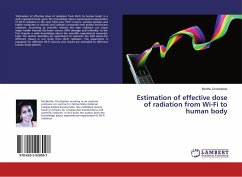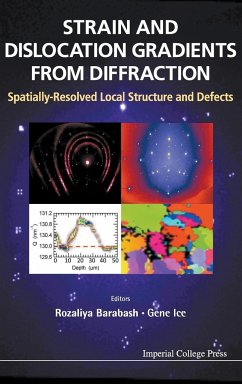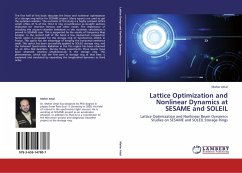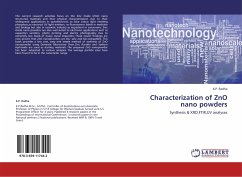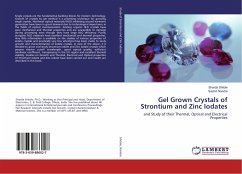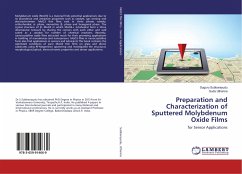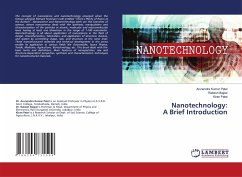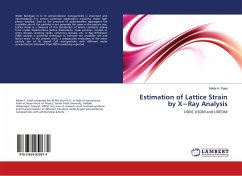
Estimation of Lattice Strain by X¿Ray Analysis
UDM, USDM and UDEDM
Versandkostenfrei!
Versandfertig in 6-10 Tagen
27,99 €
inkl. MwSt.

PAYBACK Punkte
14 °P sammeln!
Wider Bandgap in II-VI semiconductor nanoparticles is important and advantageous for various potential applications including visible light photo-catalysis. Due to the presence of polycrystalline aggregates the crystallite size of the particles is not generally the same as the particle size. Lattice strain is a measure of the distribution of lattice constants arising from crystal imperfections (lattice dislocation), triple junction, contact or sinter stresses, stacking faults, coherency stresses, etc. X-Ray Diffraction (XRD) analysis is powerful technique to estimate the crystallite size and l...
Wider Bandgap in II-VI semiconductor nanoparticles is important and advantageous for various potential applications including visible light photo-catalysis. Due to the presence of polycrystalline aggregates the crystallite size of the particles is not generally the same as the particle size. Lattice strain is a measure of the distribution of lattice constants arising from crystal imperfections (lattice dislocation), triple junction, contact or sinter stresses, stacking faults, coherency stresses, etc. X-Ray Diffraction (XRD) analysis is powerful technique to estimate the crystallite size and lattice strain. In this present work, a comparative evaluation of the mean particle size of Ni doped CdS nanoparticles with different molar concentrations obtained from XRD broadening reported.




